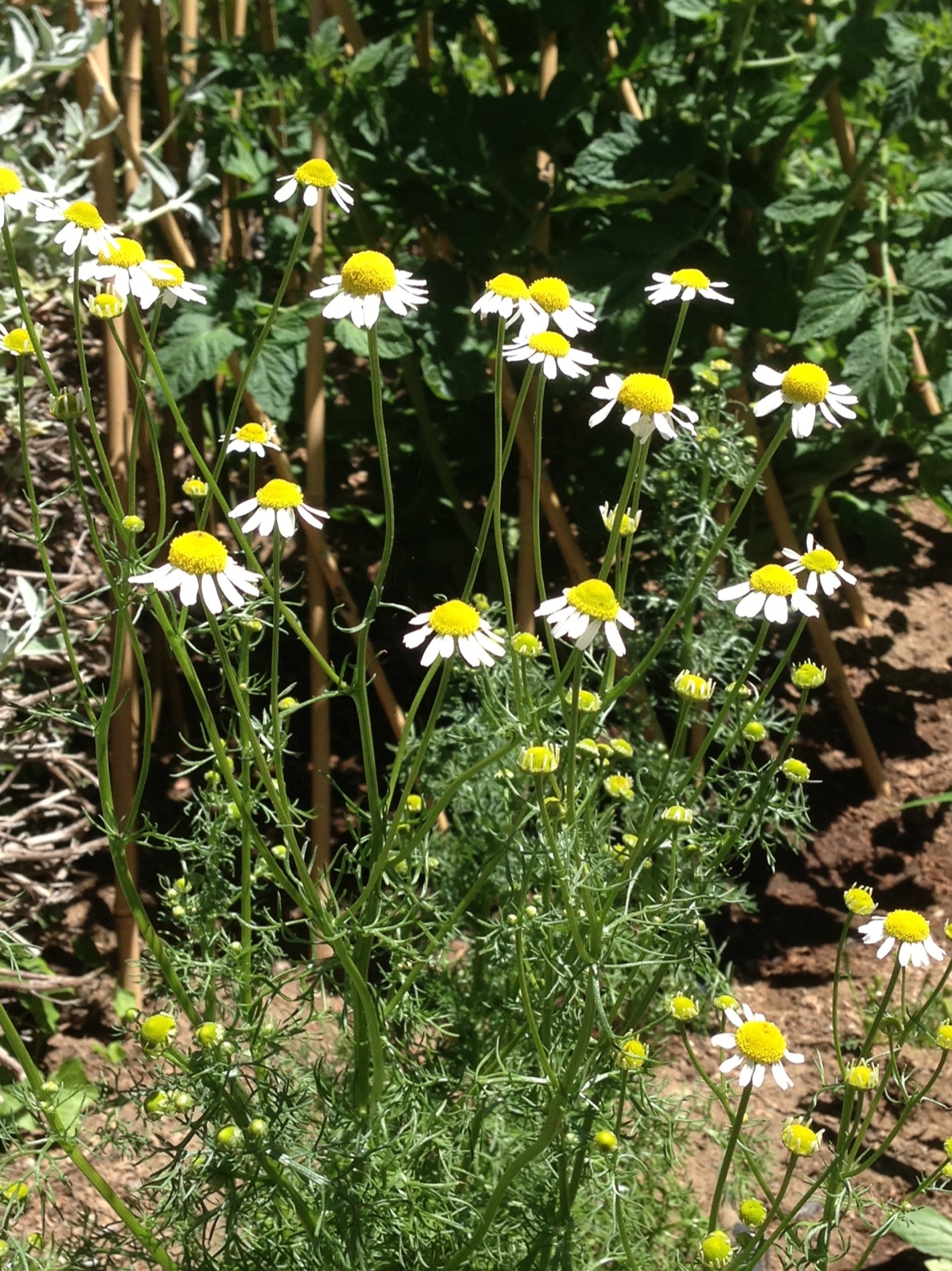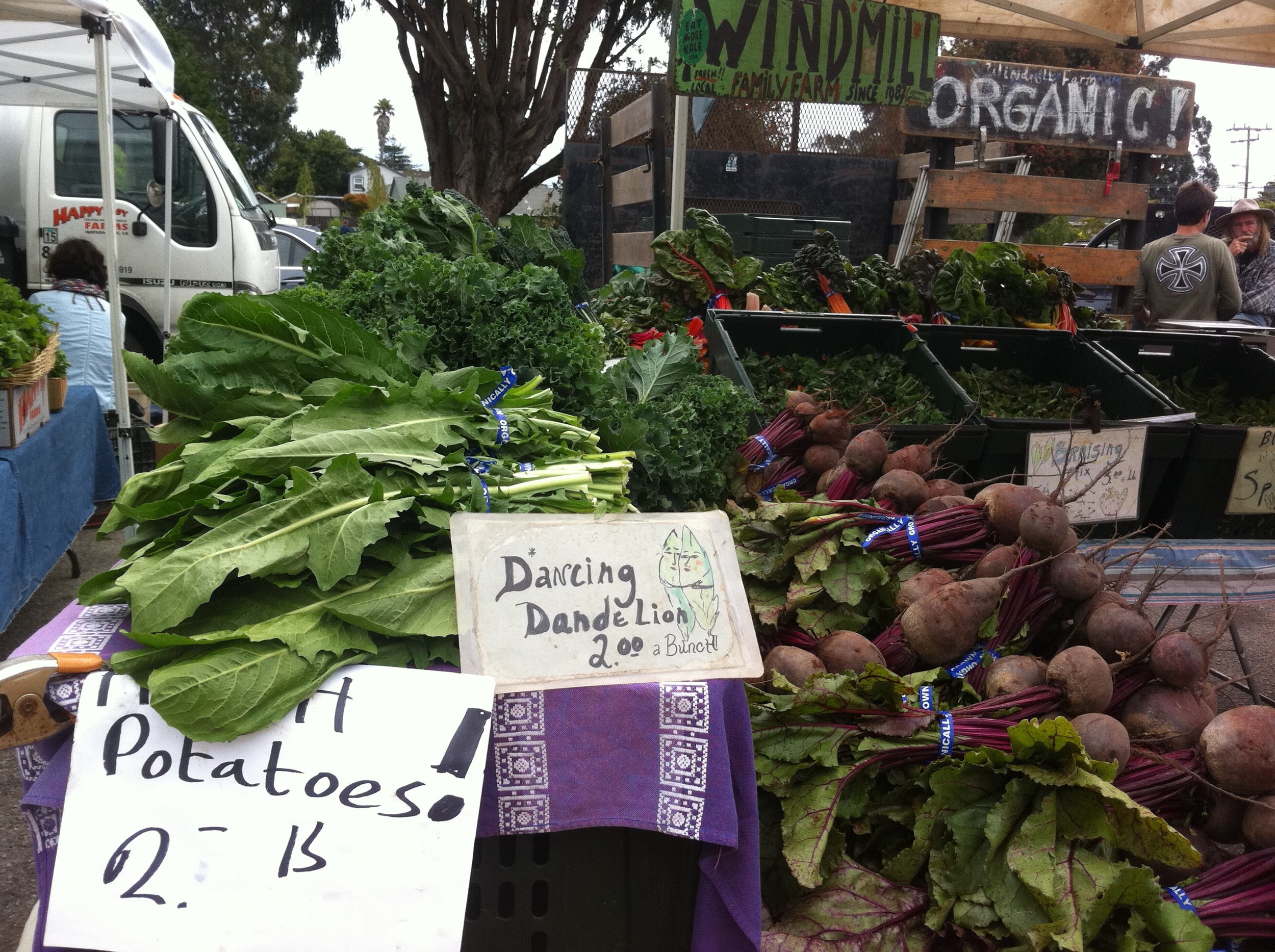
It's Midsummer's Day! Well, technically today is the summer solstice though many of my more hippy-leaning friends would argue that true Midsummers is the 24th, St John's Day (after whom the wort is named). Either way, it's Midsummer and that is big news for us Herbalists, as it's the time when so many incredible plants are at their best. I love the way the whole of nature seems pregnant with green right now, the air is warm and heavy, and there's so much growth and vigour all around.
It's a busy time for anyone who likes to harvest herbs, but my priority today is to pick my Lemon Balm (Melissa officinalis). It grows well in my garden and years ago I got into the habit of rising early on Midsummers morning and going out to harvest it, before sitting at my garden table for some chopping. Crumpled into a kilner jar and topped up with vodka it makes a beautiful golden tincture, preserving the amazing medicinal qualities of the herb for use all year round.
I love to create seasonal rituals, but I like to keep it flexible, with a little variation so that each year feels unique and creates its own atmosphere. I remember one midsummer morning when my son was a baby. I carefully chopped the herb sitting on the lawn, with him lying next to me chewing on a Lemon Balm leaf. Another year it rained all day so I waited for drier weather, as it's never good to pick herbs when they are wet. This morning I picked my Lemon Balm from my friend the Cranio-Sacral therapist Katherine Rigg's garden, as i was there for one of her amazing treatments. I don't know what energy she has created in that garden, but the Lemon Balm grows waist high and is so densely branched that just a handful of stems more than filled my Kilner jar with chopped leaves. It's out there in my garden now, macerating away. I'll check tomorrow evening and as soon as the liquid is golden and heavily scented with the musky citrus of the herb I'll bring it in, carefully strain it through muslin and bottle it for the year ahead.
Unlike pretty much every other tincture I make, which are slowly macerated in a cool, dark place for a few weeks, I like to expose my Lemon Balm tincture to the brightest sun possible for as short a time as I can. In practice, this means that if we are blessed with a hot, sunny midsummer, I leave the tincture outside all day, moving it around so the sun stays on it. On a day like today, when the solstice sun is ducking and diving behind clouds, I'll probably leave it out there for the next two to three days, depending on how the weather shapes up.
The reason for this unconventional method is that what I mostly want to capture in my tincture is the herb's volatile oil. Melissa essential oil is one of the most expensive you can buy, but in my view it has almost magical properties. Applied as an essential oil or a good quality fresh plant tincture, it is a great antiviral. I add it to a lip balm to treat cold sores and it for other viral skin lesions such as herpes, chicken pox or shingles. The tincture or tea can also be taken internally to ward off winter cold and flu viruses.
Like many other members of the vast mint family, Lemon Balm has a great reputation as a digestive herb, so makes a nice tea when you've overindulged. Historically, Lemon Balm was linked to longevity and mental health and there is some interesting research being done on its use to prevent, and maybe even treat Alzheimer's. I'm not sure it's proven as yet, but I can't seen any reason not to suggest my older patients have a little Lemon Balm in their mix or a daily cup of tea. Not least because of the property which i value most highly in this, my favourite herb. And this is its remarkable ability to cheer people up! Despite a pretty scientific training as a herbalist, I can offer no chemistry-based explanation for this. But I have seen this effect time after time. I'm not talking about treating serious depression here, but rather giving a happy little lift to the day. I use it in this context all the time, for myself as well as the people I treat. In fact I'm off to run my Midsummer's herb walk in an hour or so and will be having a glug of last years harvest on the way out the door, to add an extra spring to my step.
This tendency to cheer makes Lemon Balm the ultimate party herb. Chill the tincture in the freezer and serve tiny shots to your guests as they arrive (make sure non-drinkers know it has alcohol) or add a glug to Pimms for an extra lemony dimension. Even the most reticent guest will be in animated conversation before you know it.






